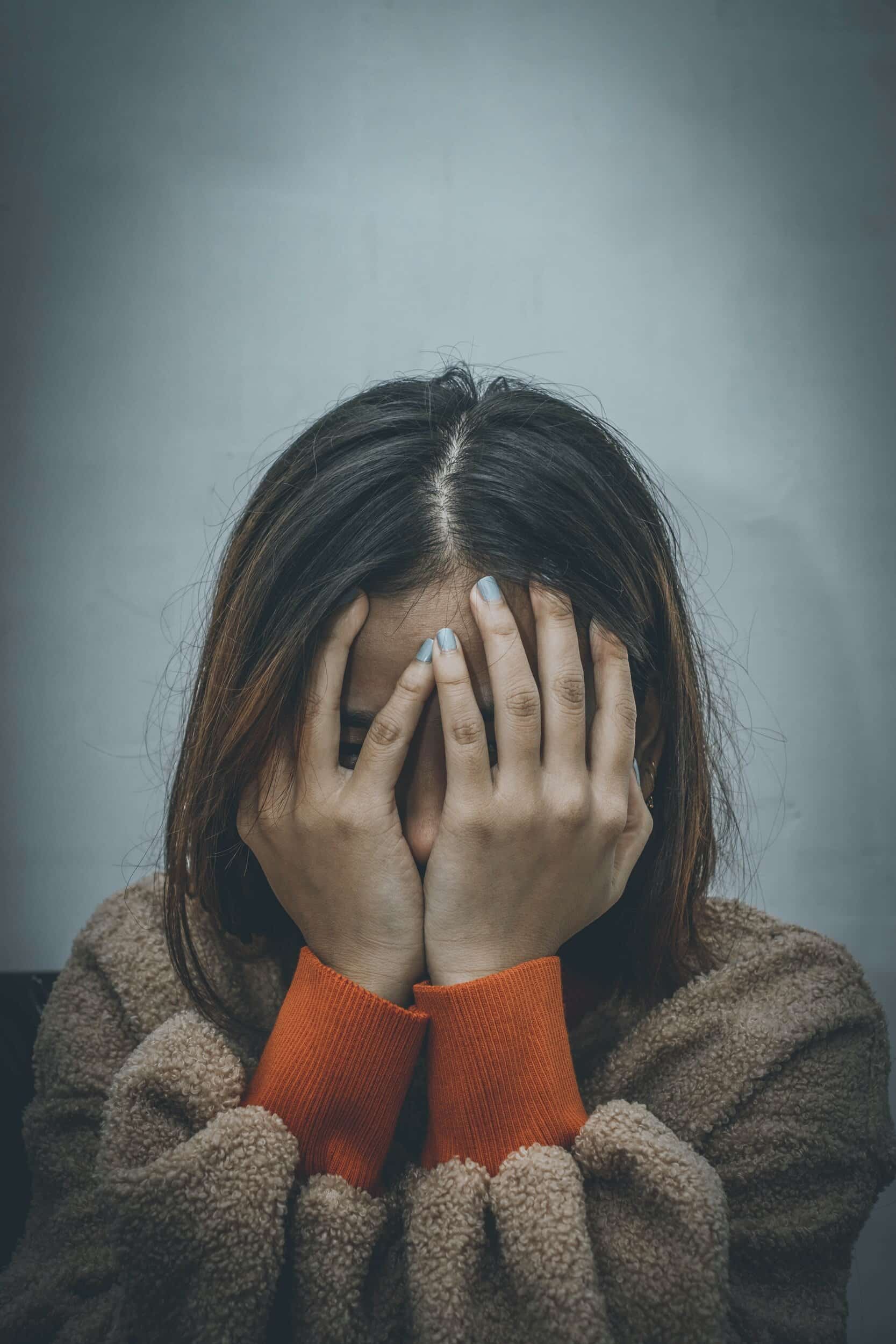Many people are familiar with or have at least heard of Posttraumatic Stress Disorder (PTSD). People may develop PTSD after they go through a singular traumatic experience, such as an accident, medical or birth trauma, combat, traumatic loss, violent crime, and sexual or physical assault. The trauma can happen at any time and to anyone, and the symptoms of Posttraumatic Stress can be debilitating.
Complex Posttraumatic Stress Disorder (C-PTSD) is similar to PTSD, though it typically stems from frequent or repeated trauma. Traumatic events may happen over months or years, leading survivors to experience additional symptomatology. For example, survivors of multiple traumas or traumas that are ongoing in nature may be more likely to develop Complex PTSD. These may be experiences such as: childhood abuse or neglect, Intimate Partner Violence (IPV) or other forms of domestic abuse, human trafficking, or living in a conflict zone. While childhood abuse is the most common cause of C-PTSD, it can be the result of multiple traumas experienced as an adult as well.

Complex PTSD as a term was coined by trauma expert Dr. Judith Herman in 1988 to more fully capture the nature of chronic or intense and recurring traumatic experiences (i.e., complex trauma). Though we have learned more about the condition since then, C-PTSD is not currently recognized as a formal diagnostic term in the Diagnostic and Statistical Manual of Mental Disorders, Fifth Edition (DSM-5), the text that treatment professionals use to diagnose mental disorders. However, the term is used informally to describe the impact of traumatic experiences that are prolonged and repetitive. The research on C-PTSD suggests that is a more severe and complicated form of PTSD, and there is insufficient empirical evidence to necessitate the creation of a separate diagnostic category.
Let’s take a closer look at C-PTSD and how it differs from PTSD.
Understanding the Symptoms
To understand C-PTSD, we first have to understand the symptoms of PTSD. When someone has PTSD, they may:
- Re-experience the trauma through intrusive thoughts or images, or nightmares or flashbacks of their traumatic event
- Feel very emotionally upset when presented with a trauma-related reminder (e.g., panic attacks)
- Experience physical feelings of distress when thinking of the trauma (i.e., sweating, shaking, increased heart rate, shallow breathing, nausea, dizziness)
- Avoid thinking about their trauma or avoid triggers that remind them of it
- Become closed off from their feelings or relationships
- Experience negative changes in thoughts and mood (i.e., inability to recall key features of the trauma, overly negative thoughts and assumptions about oneself (including shame) or negative views of the world, exaggerated blame of self (guilt) or others for causing the trauma, negative expression of internal emotions, decreased interest in activities, feeling isolated, and difficulty experiencing positive mood)
- Exhibit changes in arousal and reactivity (i.e., irritability, anger, or aggression; risky, impulsive, or destructive behavior; hypervigilance; heightened startle reaction; difficulty concentrating; or difficulty sleeping)
There are also Dissociative and Non-Dissociative Subtypes of the PTSD diagnosis. This is indicative of the fact that some individuals experience dissociative episodes in reaction to trauma-related stimuli. Dissociation is a disconnection between thoughts, memories, surroundings, actions and identity. The Dissociative Subtype of PTSD is associated with high PTSD severity, predominance of derealization and depersonalization symptoms, a more significant history of early life trauma, and higher levels of comorbid psychiatric disorders, as well as higher levels of psychophysiological and neural reactivity to trauma-relate stimuli. The Dissociative Subtype of PTSD is thought to most closely capture the experience of survivors of complex trauma.
Survivors of complex trauma may experience any or all of the above symptoms of PTSD. However, C-PTSD also has unique qualities of its own, which include:
- Lack of emotional regulation, such as having uncontrollable fits of anger or sadness, and suicidal thoughts
- Distortions of self-perception, including feelings of helplessness, guilt, and shame, as well as a sense of being stigmatized and unlike other people
- Severe dissociation or a sense of complete detachment from their body
- Forgetting or total inability to recall traumatic events (suppression of memories)
- Preoccupation with the trauma perpetrator and their relationship to them; including plans of revenge or the desire to attribute complete power to them
- A loss of their ability to make meaning of the world, or a loss of faith, resulting in hopelessness and despair
- Severely impaired ability to form healthy relationships with others, creating isolation, distrust, or a repeated search for a “rescuer”
- Complex trauma also frequently co-occurs with substance use, mood disorders, and personality disorders
What Causes Complex PTSD?

Though we’re still learning about C-PTSD, we know that long-term trauma is most likely to cause it. This is equally true for children and adults, though the most common trauma related to C-PTSD is childhood sexual abuse.
Prolonged traumas often involve a situation in which the victim experiences a protracted state of physical or emotional captivity. The perpetrator or cause of the trauma exerts control over the victim, who is unable to escape the situation. These may be traumas such as: concentration camps, Prisoner of War camps, prostitution brothels, long-term domestic violence, long-term child physical abuse, long-term child sexual abuse, and human trafficking.
Any prolonged period of abuse can lead to complex trauma. Also, some people are more likely to develop PTSD due to underlying mental illnesses such as depression or anxiety.
Treating C-PTSD
There are several treatment methods for C-PTSD. Much like with PTSD, those with C-PTSD may find that a combination of treatment methods works best for them.
The first line treatment method is psychotherapy, which involves talking in either a group or individually with a therapist. The most effective form of psychotherapy is Cognitive Behavioral Therapy (CBT). When used to address your traumatic memories, CBT helps your brain reframe how you think about and react to your trauma. Instead of becoming overwhelmed with fear or anxiety when you think about your trauma, you will begin to learn ways to replace these thought patterns with healthier ones.
Part of psychotherapy for trauma involves trauma processing via exposure therapy. Exposure necessitates intentionally examining the trauma narrative through writing, reading, or verbal recounting. The goal of this is to help desensitize your brain from your traumatic memory or to help you redirect thoughts of panic, fear, or emotional distress when you do think about it. Trauma therapy involves processing the traumatic event in a controlled, safe environment with a skilled trauma-informed psychologist. You will not be “reliving” your trauma, and you will learn effective ways to manage trauma-related symptoms and healthy coping skills.
The two most effective forms of CBT specifically created to address trauma are Cognitive Processing Therapy (CPT) and Prolonged Exposure Therapy (PE).
Finally, medication is a common method for treating many mental health conditions, including C-PTSD. Medications vary, so it’s important to talk with a doctor about which one is right for you and if you should take it in combination with another form of treatment.
Living with C-PTSD
If you feel that you are experiencing Complex Posttraumatic Stress Disorder, you aren’t alone. Though we’re still learning more about the issue, C-PTSD is a very real condition that people cope with every day. Though the symptoms can be crippling, there is hope for moving forward from C-PTSD.
The first step is to reach out to a psychologist and discuss your symptoms. From there, they can tell you more about C-PTSD and what treatment options can help you cope and get back to a more controlled, happier life.





